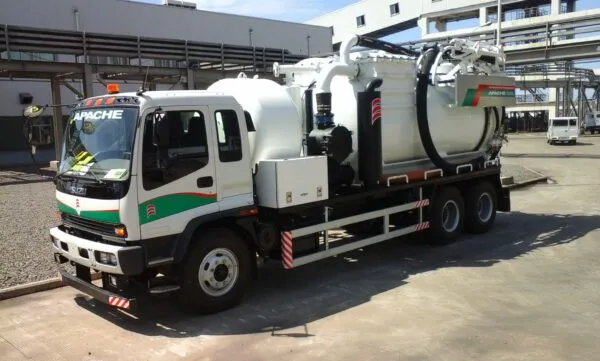The world of car body repair has significantly advanced with the introduction of cutting-edge diagnostic tools. These tools have transformed the way repair shops approach vehicle damage assessment, allowing for faster, more accurate repairs. In the competitive world of car body repair, efficiency is key to customer satisfaction and profitability. Advanced diagnostic tools have made a notable impact by improving the overall repair process, from damage detection to final quality checks, ensuring that cars are repaired in the quickest and most accurate manner possible.
The Importance of Efficiency in Car Body Repair
Efficiency is a critical factor in the car body repair industry. Repair shops face increasing pressure to provide fast, quality repairs while maintaining customer satisfaction. The ability to diagnose issues quickly and accurately can significantly reduce repair time. With customers demanding faster services, it’s essential for car body repair businesses to adopt technologies that can streamline the repair process. Advanced diagnostic tools help achieve just that, making it easier to diagnose and address issues swiftly, reducing downtime and improving overall shop productivity.
What Are Advanced Diagnostic Tools?
Advanced diagnostic tools are sophisticated devices that provide precise insights into a vehicle’s condition. In car body repair, these tools include systems such as laser measuring devices, 3D imaging technologies, and electronic diagnostic equipment. They help repair technicians identify structural damage, misalignments, or other issues that are not always visible to the naked eye. By offering more accurate assessments, these tools play an essential role in ensuring that car body repair is performed with the utmost precision and efficiency, leading to a smoother and faster repair process.
How Advanced Diagnostic Tools Improve Car Body Repair
Advanced diagnostic tools have revolutionized the car body repair industry by significantly improving efficiency. One of the key ways these tools improve the repair process is by providing quick and accurate damage assessments. With technologies like laser measuring systems, technicians can instantly detect misalignments or deformations in the vehicle’s body. This eliminates the need for guesswork and reduces the time spent on rework. Additionally, these tools ensure that every repair is carried out according to the manufacturer’s specifications, which guarantees that the car body repair is done correctly the first time, enhancing both the speed and quality of repairs.
Moreover, advanced diagnostic tools help streamline the repair workflow. With precise data and real-time insights, technicians can make informed decisions right from the start, reducing unnecessary delays. This results in a more efficient repair process, which not only shortens turnaround times but also increases the overall volume of work that repair shops can handle, thereby boosting productivity and profitability.
Benefits of Using Advanced Diagnostic Tools in Car Body Repair
The adoption of advanced diagnostic tools in car body repair offers numerous benefits that directly contribute to enhanced efficiency. One of the most significant advantages is the reduction in repair time. Traditional methods of assessing damage can take longer, especially when technicians must rely on manual measurements or trial and error. With diagnostic tools, repairs are carried out more quickly by pinpointing issues accurately from the start, allowing technicians to move directly to the repair phase.
Cost-effectiveness is another benefit. Although the initial investment in advanced diagnostic tools can be high, they ultimately save money by reducing the time required for repairs and minimizing costly mistakes. Furthermore, these tools improve the quality of repairs, ensuring that the work is done right the first time, which reduces the need for repeat visits and additional repairs. This combination of speed, accuracy, and cost-efficiency is what makes diagnostic tools a vital part of modern car body repair.
The Future of Car Body Repair with Diagnostic Tools
Looking to the future, the role of advanced diagnostic tools in car body repair is expected to grow even more important. Emerging technologies like artificial intelligence (AI) and machine learning are set to further enhance diagnostic capabilities. For instance, AI-driven tools could analyze past repair data and predict potential future issues, allowing technicians to address problems before they even occur. This proactive approach would improve car body repair efficiency by reducing unexpected delays and improving accuracy.
Additionally, cloud-based systems could allow repair shops to access diagnostic data remotely, making it easier for technicians to collaborate and share insights, no matter where they are. As these technologies evolve, car body repair shops that adopt them will not only improve their efficiency but will also remain competitive in an industry that is increasingly driven by technology.
Takeaway
Advanced diagnostic tools are transforming the landscape of car body repair, offering unparalleled improvements in efficiency and accuracy. These tools help technicians quickly and accurately diagnose damage, reduce repair times, and ensure high-quality results. The use of these tools not only benefits repair shops by increasing productivity and profitability but also enhances customer satisfaction by providing faster and more reliable repairs. As the car body repair industry continues to embrace technological advancements, these tools will play a crucial role in shaping the future of vehicle repairs.









